After 3 years, our quality assessment system was finally endorsed by the Ministry of Health [yey]! Then came the task to collect baseline data in all USAID-supported areas by year’s end [gulp]! That’s 33 questionnaires to administer, 80 enumerators fresh out of medical, midwifery and nursing schools to train, and over 601(!) public health facilities across 9 provinces to assess. It’s an enormous logistical feat, and my team made it happen just in time for tonight’s countdown at Angkor Wat! Having a proud professional moment :-)
Happy new year indeed!
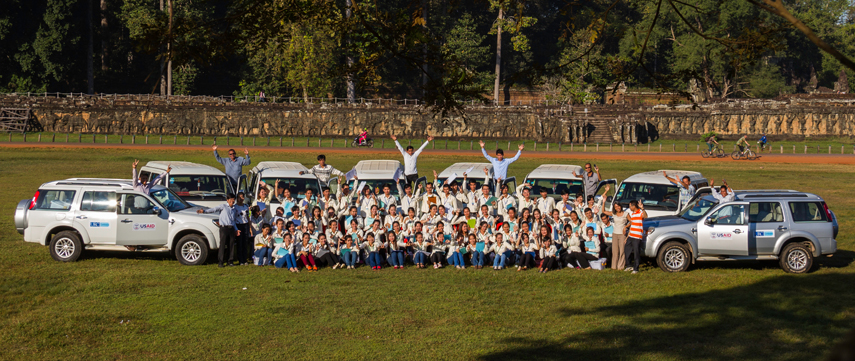
That’s one way to tour the country! We visited all public health facilities in the nine USAID-supported provinces (Kampong Cham, Tbong Khmum, Prey Veng, Kampong Speu, Pursat, Battambang, Pailin, Banteay Meanchey and Siem Reap). It took a total of 14 weeks to collect information on quality of care in over 600 public health facilities.
This package of instruments (33 in all – a mix of direct observation, documents review, and clinical vignettes) measured process quality of care, or the interaction between the patient and provider. It skips the structural aspect of care (physical attributes needed in order to provide services eg staffing, materials and equipment) in this initial round given that clinical processes depend on the availability of necessary inputs.
Preliminary observations are revealing on clinical practices that are long suspected but not systematically evaluated. Unfortunately that isn’t something to be discussed publicly until such a time the Ministry of Health can publish the results.
So now we are all awaiting the data…!
Data collectors are trained to directly observe outpatient consultations (OPD) in primary care as well as OPD in hospitals. Doctors are observed by data collectors who recently graduated from medical school, nursing services and nursing care are observed by recent nursing graduates, and midwifery services are observed by recent midwifery school graduates.
Direct observation modules aim to capture the health staffs’ practice, while clinical vignettes measure their knowledge in the same services observed. There are also modules for reviewing documents.
(For the record, items assessed are the most basic of clinical skills. For example, data collectors are expected to know whether vital signs are taken, and taken correctly. They should be able to recognize basic standard precautions and hygiene, and be aware of basic patient rights. They aren’t tasked to make a judgement on the appropriateness of a diagnosis or prescribed treatment.)
Wards are observed by data collectors for violations of protocols. They observe all patient contact by health staff, and record their observations using a checklist. Processes they look at are clinical handover and ward rounds, communication between the doctors and nurses, nursing care, patient rights and infection control. Other things observed but not measured include the coordination between staff and between wards and services. 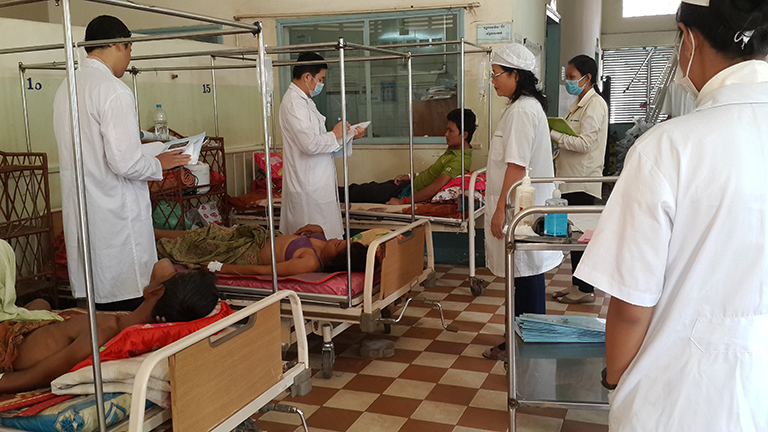
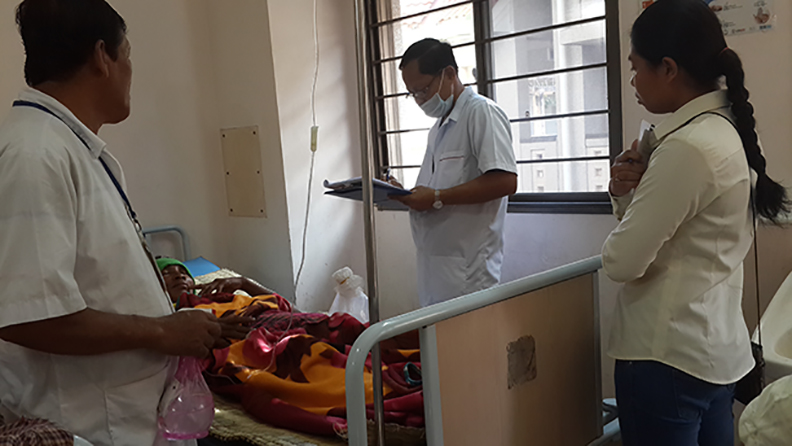
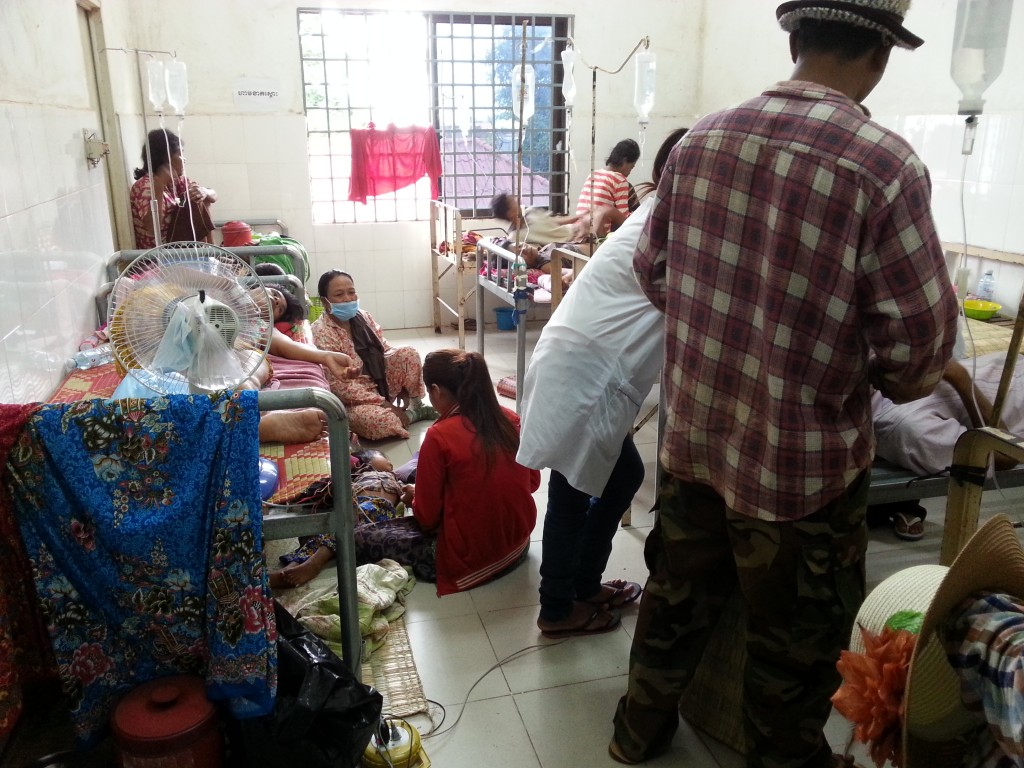
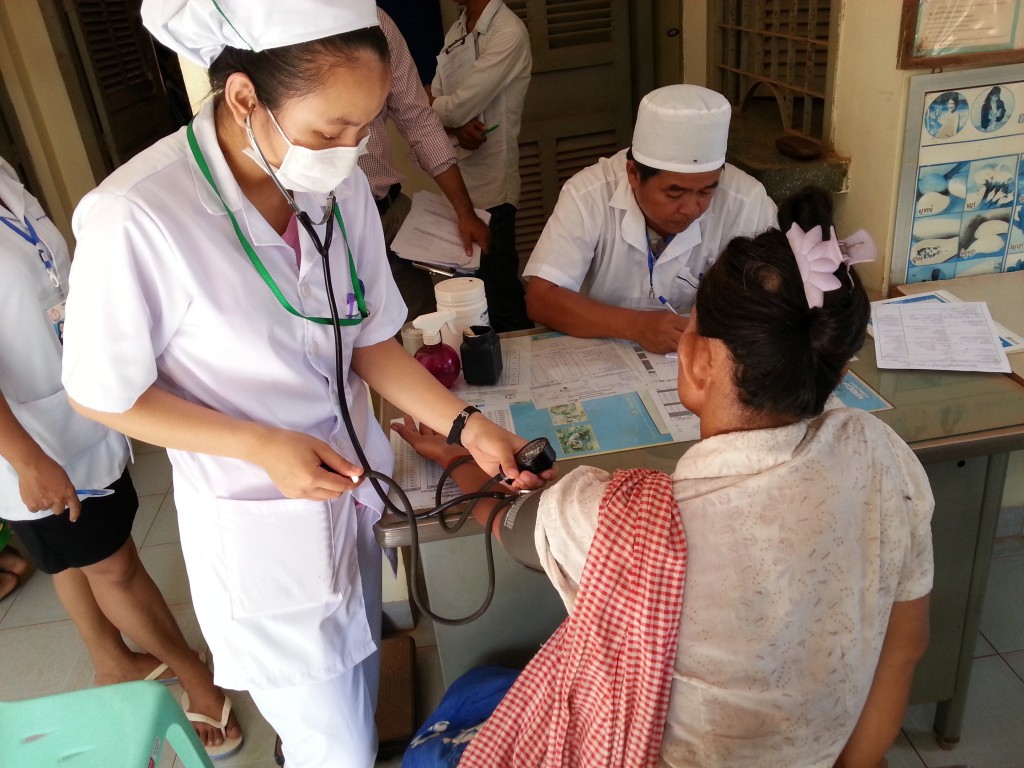
The content of the tools focus on RMNCH (reproductive, maternal, neonatal and child health), including ancillary services. Basic components of care is assessed, with the idea that a good clinician will catch a problem if s/he takes the steps necessary during the patient contact, for example, history taking and physical exam.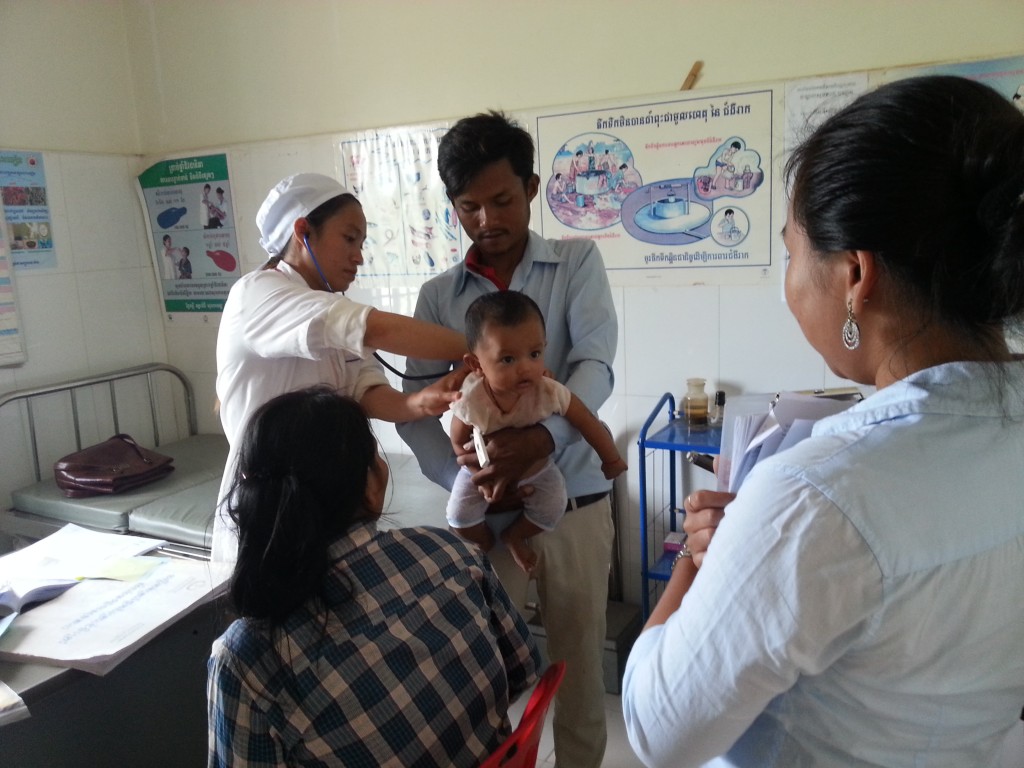
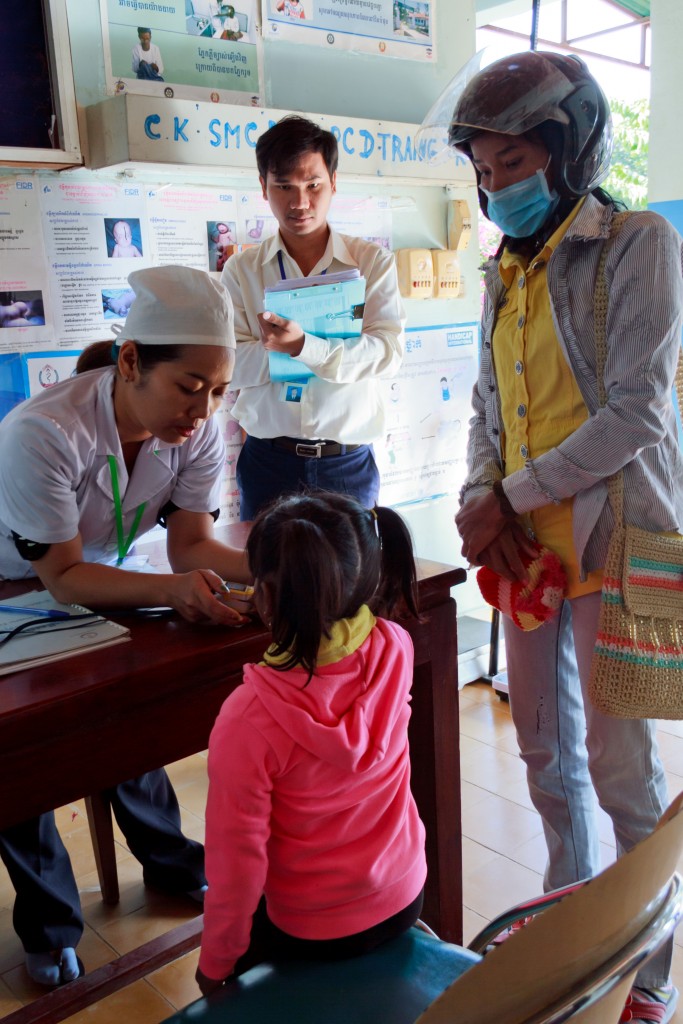
Lab technicians recently graduated from training observe activities in the medical laboratories of health facilities. They look at the reagents used (eg expiration dates, appropriate storage), the internal control processes of main laboratory components (hematology, microbiology, serology, biochem), and external quality control records (eg HIV, TB, malaria).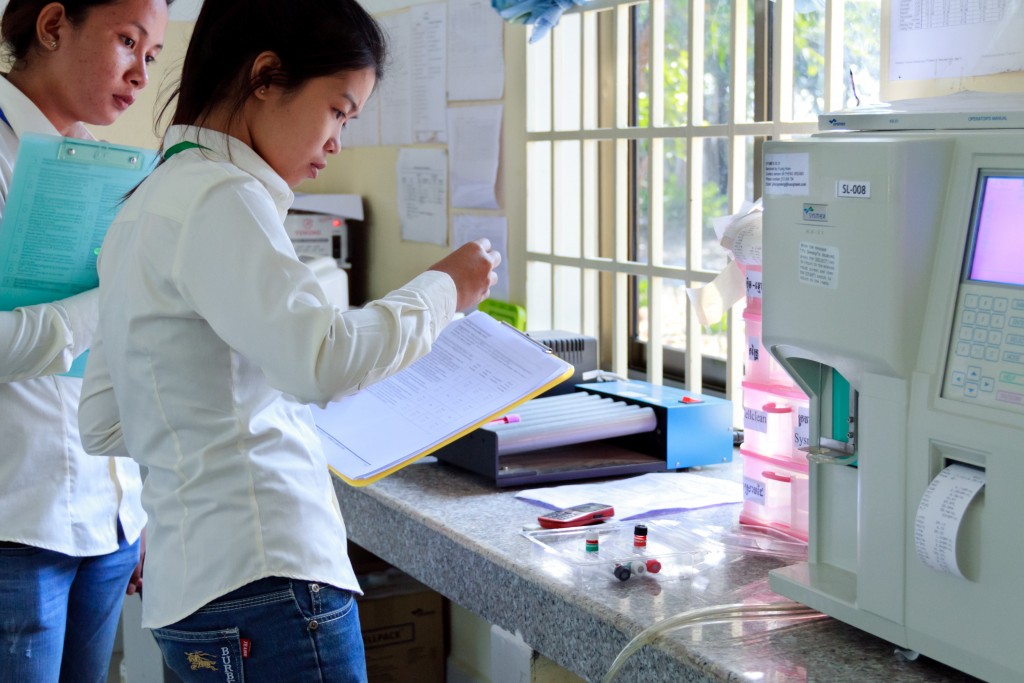
The field supervisors begin in each province with a presentation of the assessment package to the Provincial and District health authorities. Methodologies for collecting data and the content of the tools are described. Then the team leaders work with the District and Provincial health staff to implement the assessment. They get directions to the facilities, and schedule the teams’ visits together. The idea is that the health authorities supervise the data collector teams when they accompany them on the facility visits.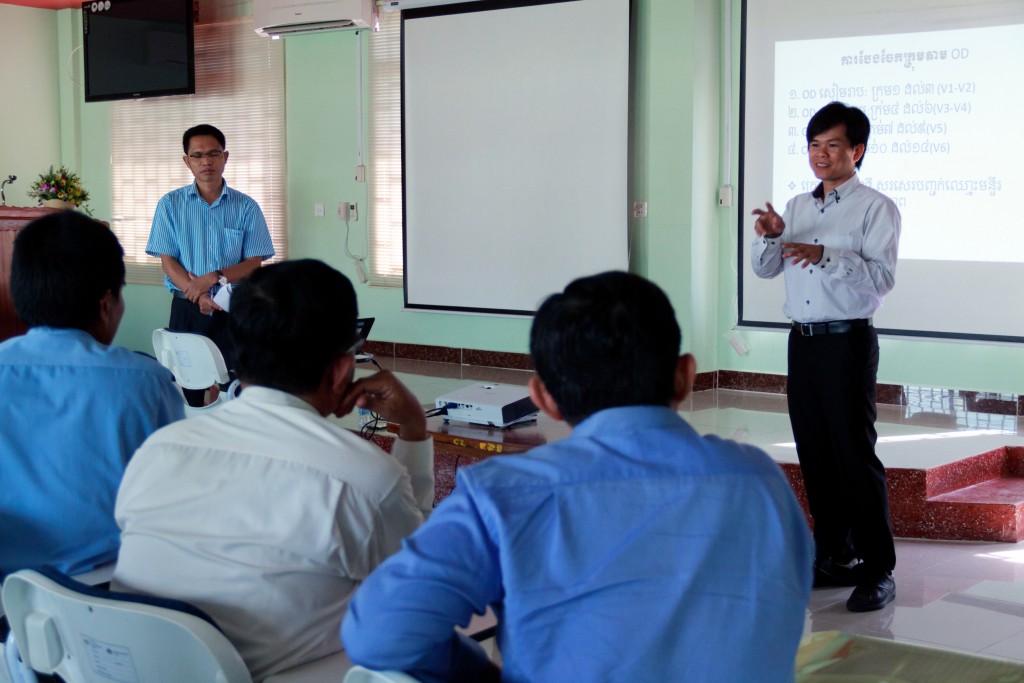
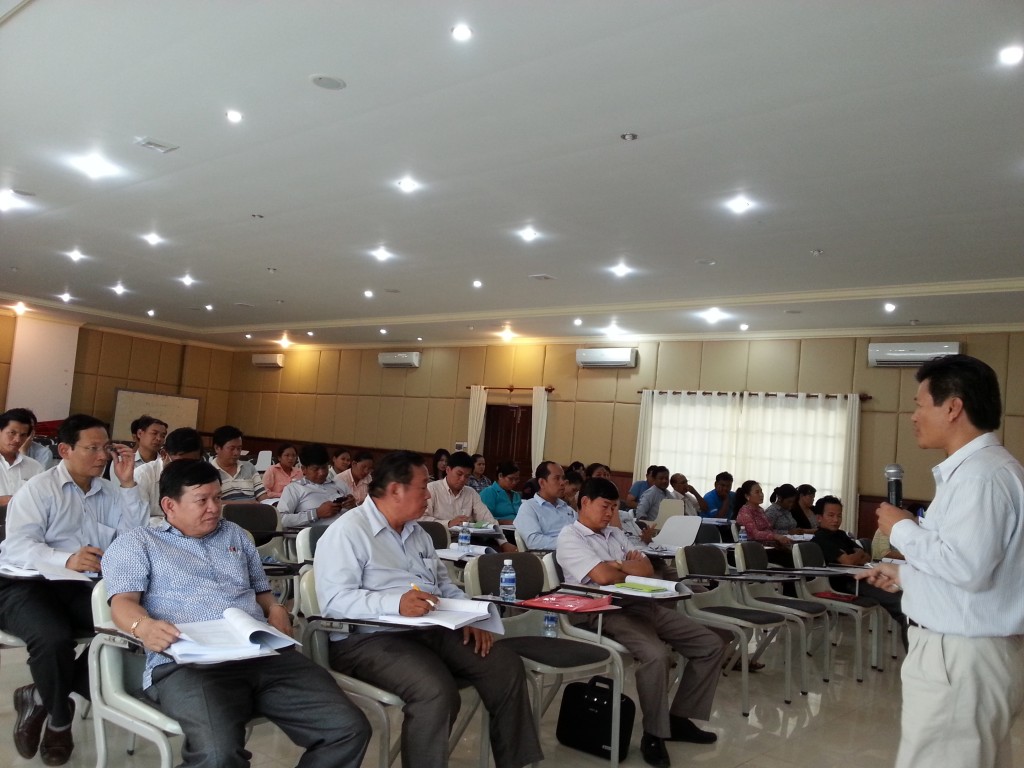
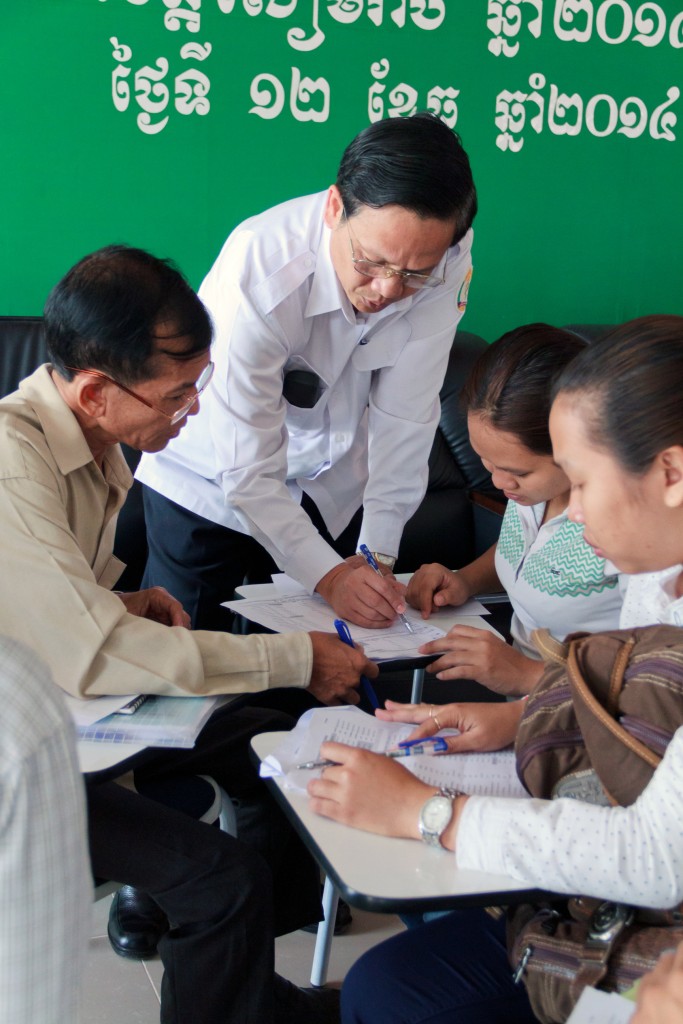 A little over three years ago, when my team first began developing the assessment package, two of the three of us were still nursing. So the babies and their nannies accompanied our team to our field visits to pre-test the questionnaires and the whole assessment package. So this was our team then, at one of the facilities that we worked with.
A little over three years ago, when my team first began developing the assessment package, two of the three of us were still nursing. So the babies and their nannies accompanied our team to our field visits to pre-test the questionnaires and the whole assessment package. So this was our team then, at one of the facilities that we worked with. 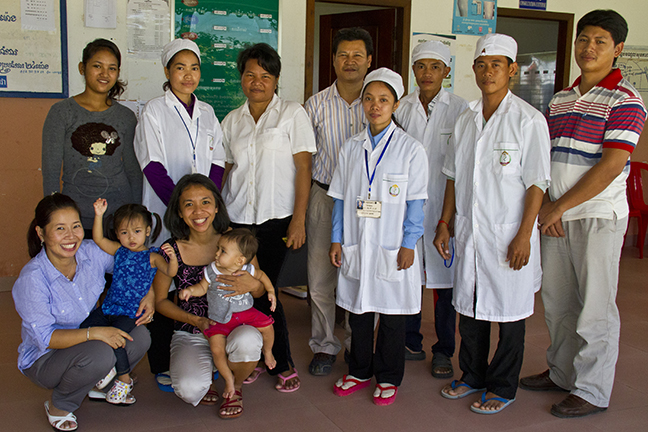
And this is our team now – they’re young and they’re ready to take the assessment package and QI to the next level.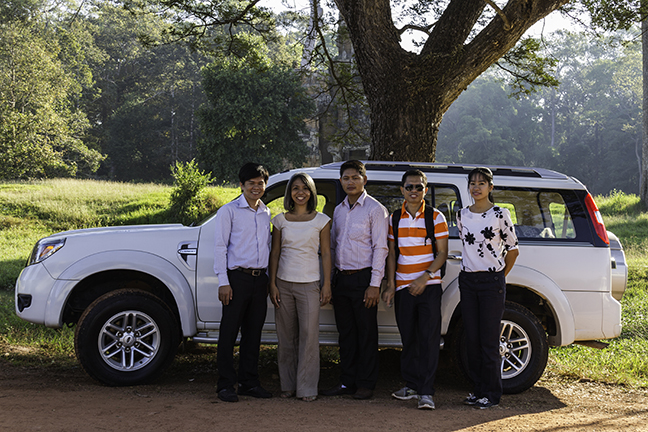
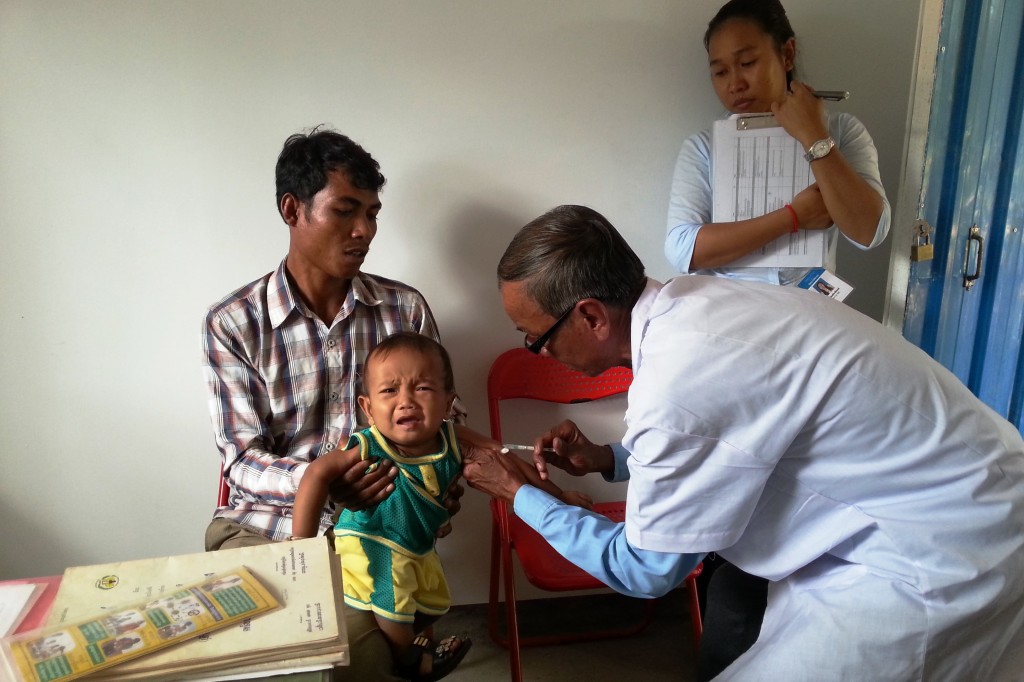
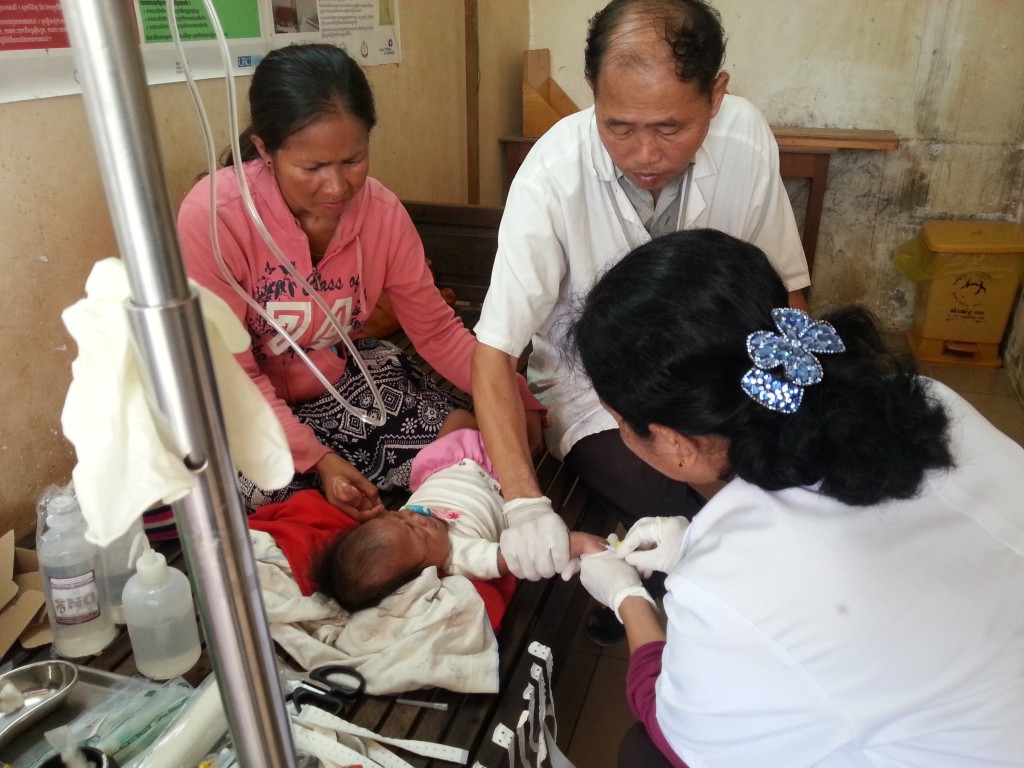
Leave a Reply